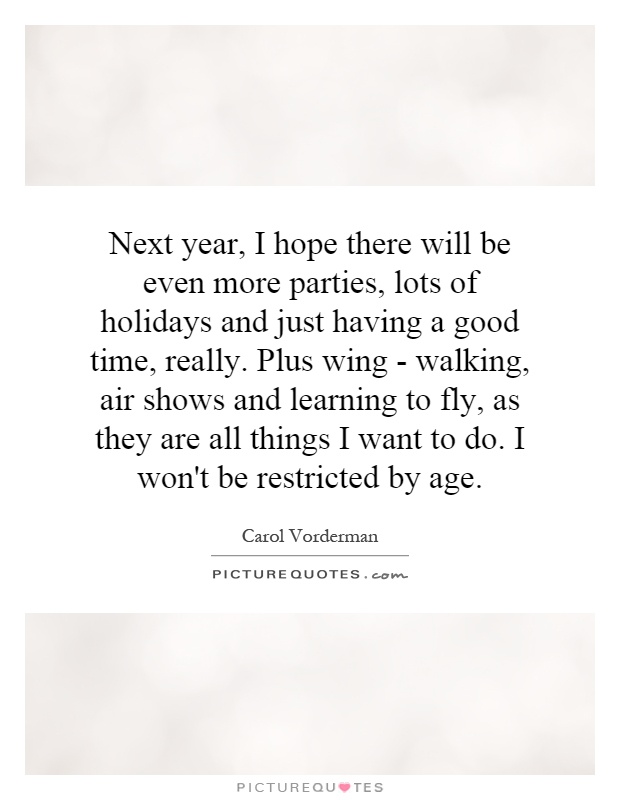


We can use this to let them know that it’s up to them when they provide some information. “Awaiting” is a simple way to show that you’re waiting for somebody’s response. I’m expecting to hear back from you about these as soon as you get a chance.I think it’s time that we discussed the matters raised in the previous meeting.I’m not happy with the service you provided or the way my family was treated. I’m expecting to hear back from you about this.If they have been waiting on information or results for a while, they can use this phrase to show that the employee doesn’t have much time left to provide that thing. You should only use this one if you are the boss and you expect the email recipient to do something for you.īosses are allowed to “expect” things from their employees. “Expecting to” is a bit more of a commanding phrase. I think it’s important that we keep this communication channel open.I’m hoping for some kind of response about this matter before the end of the day.I know that you’re the one to refer to in these matters.I’m hoping for a swift response from you regarding this.It’s just enough pressure to get results. It doesn’t put too much pressure on them and allows us to stay friendly and polite. We can use this phrase when we want to show that we are relying on the information someone is providing to us. When you “hope for” something to happen, it means you expect them to complete a task in a certain way and return the findings to you. “Hoping for” is a great one because it shares your intention with the recipient. If you could allow me a chance to shadow you for the first few days after starting, I’d be very grateful.

Please write to me as soon as you learn more about it. I’m keen to hear back from you about the situation at hand.That’s how these two phrases interact with each other. You can be “keen to” set up a meeting and then “eagerly anticipate” the meeting when it has finally been set in stone. This time, it works better when the situation or meeting has not been planned, but you might want to set up a way to get that sorted. “Keen to” is a simpler way to show that you’re looking forward to something. I eagerly anticipate your response to make sure you know what to expect from this.Everything has been laid out to make sure that we can start work at that time.I am eagerly anticipating the meeting with you to discuss these matters,.I have booked the meeting slot for seven o’clock tomorrow evening.We use the phrase to show that we’re almost counting down the days until that event takes place. “Eagerly anticipating” works best when you’ve already set a time for an event or meeting to take place. We use this phrase to show that we cannot wait any longer and we’d like to meet with someone as soon as possible. “Eagerly anticipating” is one of the best ways to show that you’re looking forward to something happening in a formal email. It’s always good to remain positive and respectful in formal emails. The preferred versions are “eagerly anticipating,” “keen to,” and “hoping for.” They are all positive phrases that show that you’re really excited to talk to somebody about something or meet with them at a later time. These synonyms might be more suitable in some cases. It would help to go through this article to learn another way to say, “looking forward”. It’s not the only way to convey that, though. “Looking forward to” is a polite and formal way to let someone know you’re excited to meet with them.


 0 kommentar(er)
0 kommentar(er)
